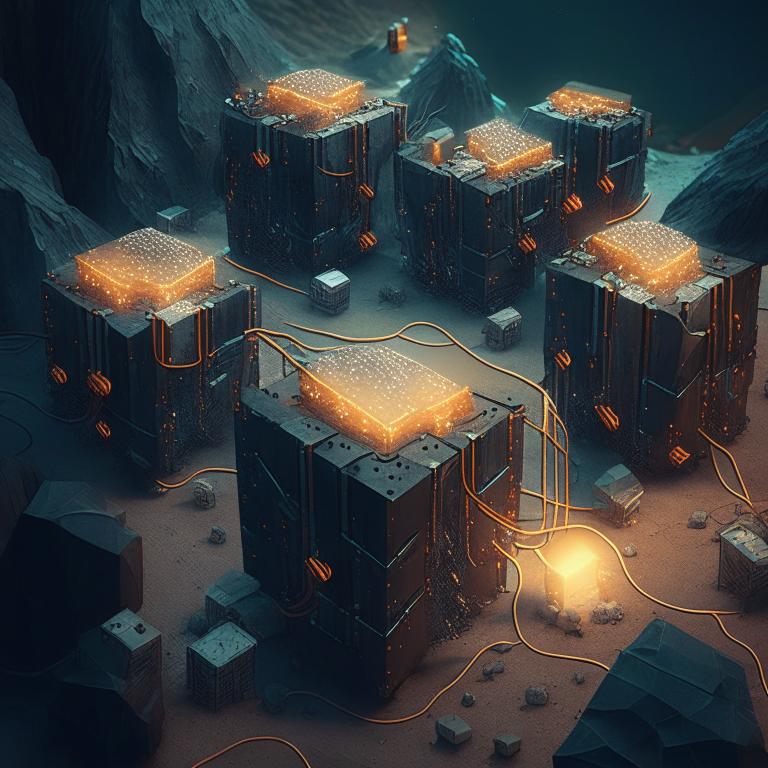Mining Nodes: Understanding What They Are and How They Work
Mining nodes are a crucial part of the blockchain ecosystem, responsible for verifying transactions and adding new blocks to the chain. In this article, we will explore what mining nodes are, how they work, and their benefits.
What are Mining Nodes?
Mining nodes are blockchain nodes that perform complex computations to confirm transactions and add new blocks to the chain. Each block contains information about transactions conducted within the network and a reference to the previous block. Every new block added to the chain must be verified by the network to be recognized as valid.
How Do Mining Nodes Work?
Mining nodes operate on algorithms that determine which node will add a new block to the chain. Depending on the algorithm used, mining nodes can operate in one of two modes: Proof of Work (PoW) and Proof of Stake (PoS).
In the PoW mode, miners must solve complex mathematical problems to add a new block to the chain. This requires a significant amount of computational power, making mining nodes in PoW networks quite costly.
In the PoS mode, miners do not perform complex computations but use their coins as a share in the total amount of coins used to create a new block. This makes mining nodes in PoS networks more accessible and affordable.
Benefits of Mining Nodes
One of the main advantages of mining nodes is the ability to earn rewards for maintaining the security and integrity of the blockchain. This allows network participants to earn money for the services they provide and strengthens network decentralization.
Another benefit of mining nodes is the ability to influence decision-making within the network. By participating in the network, mining nodes can help shape the future of the blockchain ecosystem.
